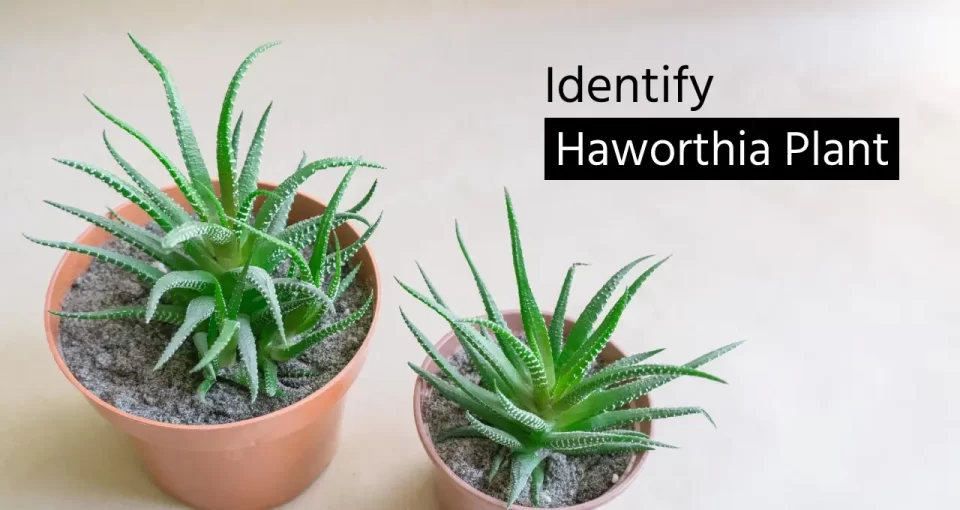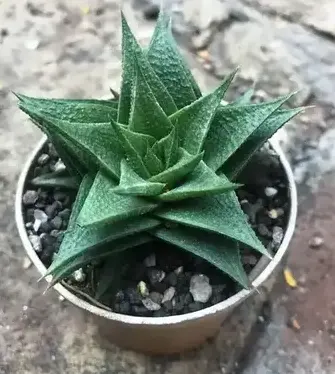Dealing with diverse Haworthia species is challenging because it can be challenging to distinguish between them due to many variants and hybrids.
The challenge of correctly recognizing every species grows as new ones are consistently discovered. Before identifying Haworthias, you must be familiar with their fundamental traits. You can reduce your choices and eventually find the best plant for you by knowing how these plants usually appear.

The best approach to identify Haworthia may vary based on the species. Hence, there is no versatile solution to this issue.
However, there are a few ways to tell if something is a Haworthia, such as examining the leaf form, feeling the stem and leaves detect spines, and noticing the color and patterning of the leaves. The following time you head to a local succulent plant nursery in your area, you’ll also be.
1. Identify through Leaves

A rosette of succulent leaves is what you’re looking for.
The thing that distinguishes these plants most significantly is this. Typically, they grow in compact rosettes that seem low to the surface and are succulent, thick, and grouped in these ways. The leaves of Haworthia are often triangular and pointed.
Don’t discount a plant, though, simply due to the pattern of its leaves—there are many distinct kinds of leaves.
White or translucent stripes are evident on the leaves of several Haworthia species. Another significant distinguishing characteristic is this. There are window panes here on leaves of some species (like Haworthia attenuata), which enable you to see onto the other side. Haworthia resembles giant Aloes in size and generally appears comparable to Aloe plants.
2. Identify by their Spines
Examining the leaves and stems for spines seems to be another technique to determine whether something is a Haworthia.
The margins of the leaves upon those succulent plants typically lack spines. They also have bristles, but they are tiny and very short.
3. Get to know by Colors and Patterns
Haworthia can also be distinguished by looking at the color and pattern of its leaves.
The leaves typically have a dull green hue, but they occasionally take on a reddish or brownish hue. As the times change, their leaves are well-known to shift color. They could also have white, yellow, or brown markings.
4. By Flowers
Small, white, or light pink flowers are what Haworthia is well known for.
They typically emerge from the middle of the rosette of leaves on a thin stalk that rises above it. The blooms are tiny and inconsequential, and they don’t improve the overall beauty of such succulent plants, but when everything else fails, they can serve as valuable identifiers.
